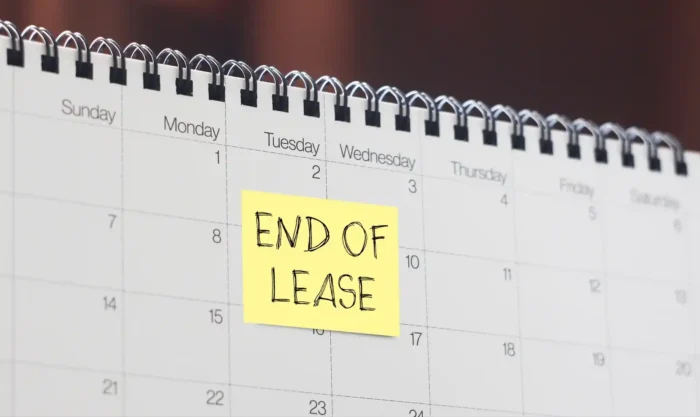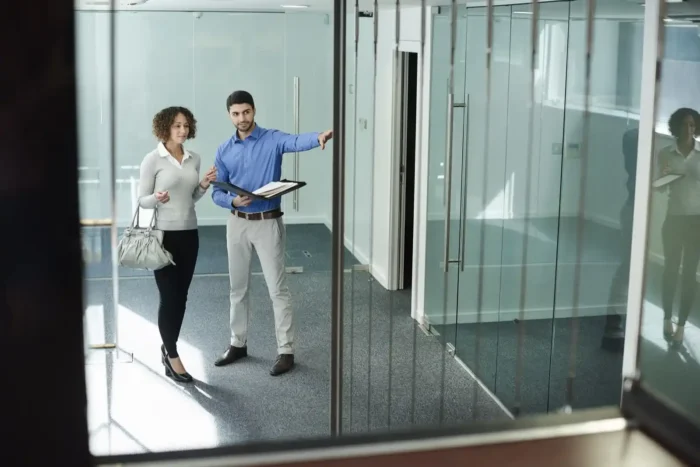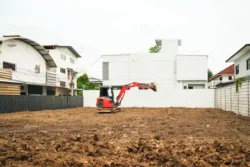Why WALE Matters When Selling Your Commercial Asset
Published
May 27, 2025
Published
May 27, 2025

When preparing a commercial property for sale, it’s easy to focus on its physical features—location, floor space, amenities or even a recent refurbishment. But experienced commercial property buyers are equally interested in what lies ahead. One of the most important metrics they’ll scrutinise? The WALE.
Packaging your asset for sale means highlighting not just where it’s at today but what it promises for the future. A strong WALE signals to buyers that your asset offers security, stability and reliable income, all of which are critical to a property’s appeal and long-term value.
What is WALE?

WALE stands for Weighted Average Lease Expiry. It’s a measurement that represents the average remaining lease term across all tenancies in a commercial property, weighted by the income each lease generates.
If your building is fully leased but most tenancies are due to expire in the next year or two, your WALE will likely be short—even if the rental income looks solid today. On the other hand, if leases are secured well into the future, the WALE should reflect that longer-term stability. As it’s weighted, your biggest tenants—the occupants paying either the largest amount or occupying the largest net lettable area—will hold sway over your WALE.
A higher WALE generally means lower perceived risk for buyers, particularly institutional investors or those seeking passive income. It reassures them that the property’s income stream is here to stay, at least for a comfortable period of time.
How Can WALE Impact a Property Sale?
Often understated, the WALE plays a critical role in determining a property’s market value. It’s a reminder that tenants aren’t just occupants, they’re your partners in the investment; they’re the lifeblood of every commercial property.
So, when you sell a commercial property, you’re not just selling bricks and mortar, you’re selling a package that includes existing income and future potential. That’s what the WALE represents.
Investors compare WALEs the same way they compare yield, location or even NABERs ratings, if targeting an office building. It’s often put up in headlights both on the agent’s information memorandum and on the signage out the front. Why? Because it helps buyers immediately gauge how secure the investment is.
The longer you hold onto a property without renegotiating leases or securing new tenants, the more your WALE decreases. And obviously, in most instances, the shrinking WALE can reduce your bargaining power.
Does That Mean I Shouldn’t Hold an Asset If I’m Considering Selling?

Not always. Holding an asset can be a wise move, depending on your personal investment goals and broader market conditions.
If steady, secure income is your priority, retaining a fully or partially leased property—especially one with stable tenants—can be a smart strategy. It might give you time to renegotiate leases, improve the WALE and repackage the asset for sale to an X factor buyer.
But if the market is showing signs of softening, and you’re not planning on active lease management or reinvestment, you might ask yourself whether holding makes sense. Could the funds be better deployed elsewhere? And could you capture a strong sale price now, even if the WALE is moderate?
This is when both having an established property investment strategy and understanding your own priorities—your financial position and your investment goals—is crucial.
Is It Ever Wise to Sell with Expiring Leases?

Under the right circumstances, and when you’ve got the property expertise, absolutely.
We’ve acquired assets where many or even most leases were close to expiry, or already expired. Only two years ago, one of our acquisition opportunities begged to be repositioned in the market. So, refurbished several floors, rebranded the space and targeted a very specific type of tenant that had previously overlooked the space. For value-add investors like us, this sort of scenario can present enormous upside.
That said, many buyers—especially risk-averse investors—are looking for stable, income-generating properties with minimal fuss. We get it, as this has been our bread and butter for well over a decade. For these buyers, a long WALE is not just attractive, it’s essential.
You might be getting the picture here: the trick is to think like your buyer. Consider what they want in a high-quality commercial asset, from security and upside potential to flexibility and capital growth. Then package your asset for its best possible sale.
Thinking of WALE as a Property Sales Tool

The WALE tells the story of your asset’s income future and its potential to deliver returns for years to come. It’s overlooked by many landlords. Which is why investors shouldn’t only consider when they’re looking to divest an asset but what their asset’s WALE will look like at the time of sale.
Yes, it’s just another major thing to consider when investing in commercial real estate. We’ve found that’s why many leave it to the professionals.
Considering investing in commercial real estate? Subscribe to receive our investment updates. We offer sophisticated investors the chance to partake in high-quality commercial property opportunities. And by subscribing, you’ll be the first to know when our next syndicate is around the corner.






